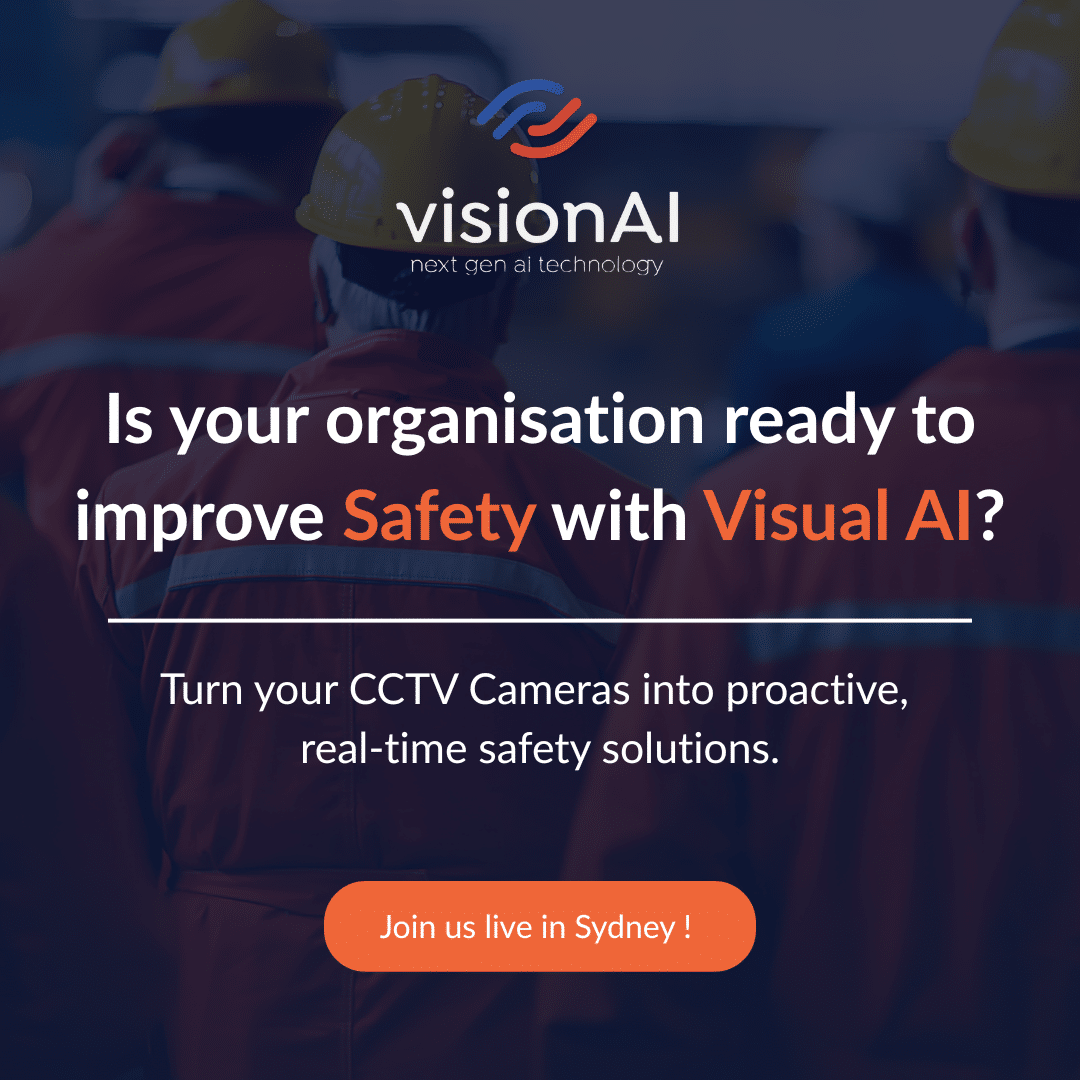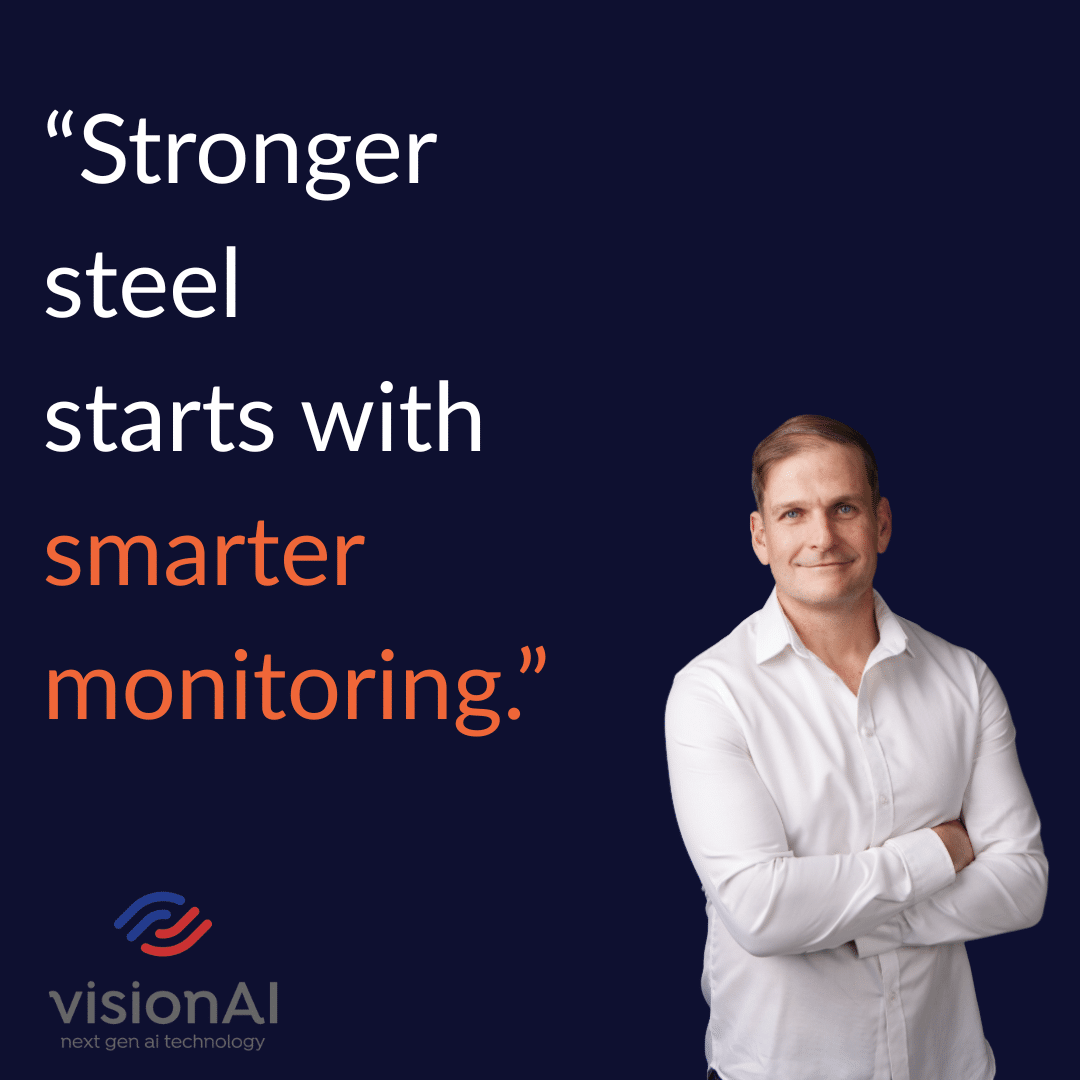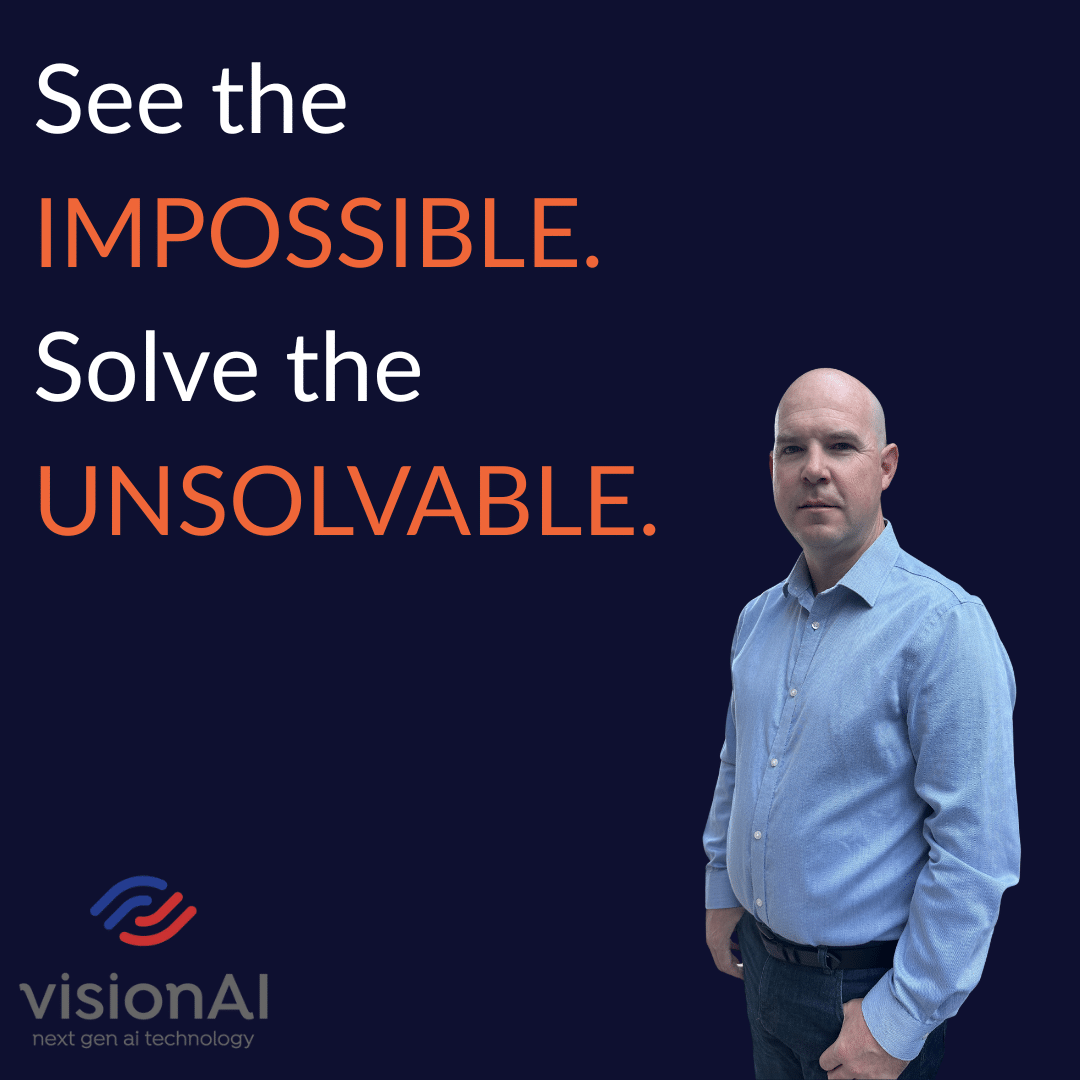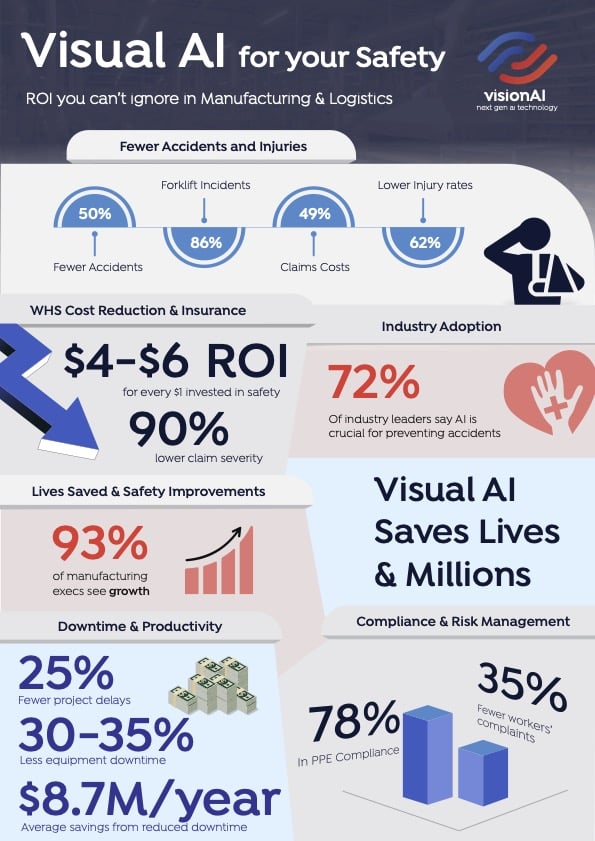Humanity’s fascination with artificial intelligence (AI) dates back to 1863, when author Samuel Butler wrote an article called “Darwin Among the Machines”. The article suggested that machines were undergoing an evolution that might eventually see them develop enough intelligence to take over as Earth’s dominant species.
Butler’s idea sparked a revolution in storytelling. Since then, we’ve seen thousands of science fiction tales emerging about AI and robots – from Hal 9000 in Stanley Kubrick’s “2001: A Space Odyssey” to the far friendlier Robin Williams character in “Bicentennial Man” and C-3PO and R2-D2 in “Star Wars”.

In the real world, however, AI applications are not always the stuff science fiction is made of. If walking, talking robots are what you’re expecting to see when you hear the term “AI”, to quote Star Wars, “These are not the droids you’re looking for”. For the most part, AI technologies are in the little things that make our lives easier.
We interact with different types of AI every day. And sometimes, we aren’t even aware that we’ve had these “robotic” encounters. As digital transformation accelerates, the global artificial intelligence market is expected to reach $169,411.8 million by 2025 (according to alliedmarketresearch.com).
Here are a few examples of real artificial intelligence for business, simplifying processes and making our working lives less boring.
AI applications vs paperwork
One of AI’s most significant benefits in business is that it is excellent at handling anything we humans might consider mundane or repetitive. While that may not sound like the plot for the next great sci-fi epic, investing in the right artificial intelligence for business can be very exciting if you’re tired of wasting time and resources on red tape.
No human likes paperwork. But AI loves it. Robotic Process Automation (RPA), like the systems used in VisionDocs by Vision AI Suite, frees up human resources from dull, repetitive capture tasks, like manually verifying FICA documents, extracting data from Invoices or pulling reports from bank statements.
VisionDocs also turns basic scans, PDFs and images into smart, structured information that is searchable. And it accomplishes that in seconds, whereas a human might spend hours doing the same thing.
VisionService uses artificial intelligence for ID document verification, document extraction and OCR (Optical Character Recognition). OCR recognises text in digital images, which is useful when you need to digitise a paper document or flat image with text, making it editable. OCR is a product of Computer Vision AI, which also incorporates facial recognition technology for identity verification.

The robots know who you are (but not in a bad way)
Digital transformation and remote working come with a few challenges. For example, verifying someone’s identity isn’t as simple as them just handing you an ID document anymore. But identity verification is still necessary for businesses with KYC (Know Your Customer) or AML (Anti-Money Laundering) requirements for fraud detection. Once again, implementing AI can make things easier for you.
When your company needs to know that someone really is who they say they are, or if you need to onboard new customers; the RPA in VisionVerify uses advanced AI to verify identity. And it can all be done in 60 seconds from any mobile device.
To ensure that the business process is 100% effective, VisionVerify automatically performs verification checks via multiple channels, including Home Affairs, advanced face matching and third-party verification.
Suppose you need your clients to submit FICA documents, medical reports or images relating to an insurance claim. In that case, the AI-driven VisionAutomate app allows users to photograph what you need and send it through with proof of the person who sent it and the location from which it was submitted.
Artificial intelligence for business – programming our new reality
According to a report from Harvard Business Review in September 2021, the COVID-19 crisis accelerated the adoption of data analytics and AI in business. And the momentum continues. Surveys revealed that 52% of participating US companies accelerated AI adoption during the crisis.
In our new reality, we are touched by AI applications every day. Whenever we say, “Hey, Siri” or, “Okay, Google”, a hardworking AI algorithm is ready to give us the answers we need. Fully autonomous self-driving cars are on the horizon. Your favourite streaming app uses AI to offer up suggestions on what to watch next, based on your viewing patterns, and we interact with AI bots on social media all the time.
In our everyday lives, AI truly is in the little things – like processes we take for granted that have just become naturally easy. In his book of essays and stories entitled “Robot Visions”, Isaac Asimov discusses the possibility of an “automated world”, saying:
“It may be that machines will do the work that makes life possible and that human beings will do all the other things that make life pleasant and worthwhile”.
With AI and machine learning becoming more entrenched in our daily lives, perhaps that “pleasant and worthwhile” life Asimov imagined is not that far off.




